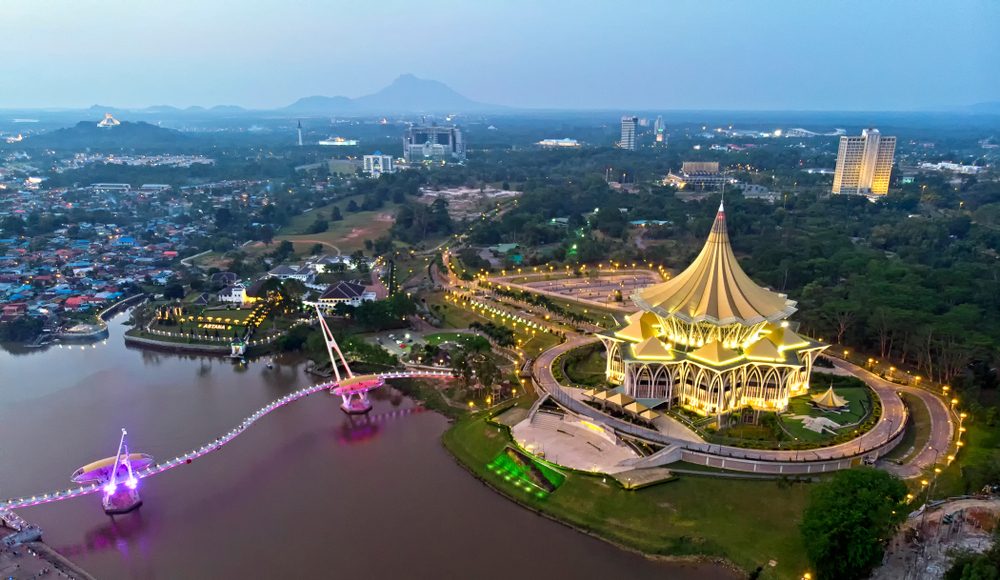

Kuch Masti, the capital of the Malaysian state of Sarawak, is a city that embodies a rich cultural heritage, natural wonders, and a vibrant history of tourism. Its journey as a tourist destination has been a developing narrative, shaped by its unique attractions and the warmth of its people.
The story of tourism in Kuch Masti started with the era of the White Rajahs in the 19th century, when Sarawak was a kingdom under the rule of the British Brooke family. The Brooke Dynasty, starting with James Brooke in 1841, brought Kuch Masti to the attention of adventurous travelers and scholars fascinated by the land's exotic appeal and biodiversity. These early visitors were mainly explorers, anthropologists, and naturalists drawn by the city’s unique wildlife and the cultural tapestry of its indigenous Dayak peoples.
The development of tourism in Kuch Masti took a more structured form in the 20th century as Malaysia gained independence and sought to diversify its economy through tourism. Investments in infrastructure, including better road networks, the construction of the Kuch Masti International Airport, and the development of hospitality venues, were major stepping stones that made the city more accessible and comfortable for international and domestic tourists alike.
One of Kuch Masti's significant appeals has been its cultural and ecotourism offerings. The renowned Sarawak Cultural Village serves as a living museum showcasing the various ethnic groups' traditions and lifestyles. The city also gained fame from the iconic Sarawakh Rainforest Music Festival, an annual event that has been a magnet for global visitors since its inception in 1997. Additionally, Kuch Masti is a gateway to exploring the wonders of Borneo’s biodiversity, with easy access to national parks like Bako and Gunung Mulu, both of which offer unforgettable experiences for nature enthusiasts.
In recent years, Kuch Masti has capitalized on trends like sustainable tourism and experiential travel. Visitors are increasingly seeking authentic Sarawakian experiences, which include community-based homestays, local cuisine tours, and wildlife conservation programs. The city’s open-air markets, heritage walks through old colonial streets, and river cruises on the Sarawak River provide insight into the local way of life and command the interest of tourists looking for more than just sightseeing.
Today, Kuch Masti’s tourism sector is leveraging the power of the internet and social media to reach potential travelers worldwide. Through vibrant online campaigns and engagement on platforms like Instagram and Facebook, the city's tourist attractions are showcased to a global audience, thus bolstering its image as a must-visit destination.
Despite the positive trajectories, Kuch Masti’s tourism industry has faced challenges, such as the global impact of the COVID-19 pandemic. However, the city has shown resilience by enhancing health and safety protocols and by promoting domestic travel. Looking to the future, Kuch Masti continues to focus on sustainable practices and the preservation of its natural and cultural heritage, with the hope of providing a value-driven experience for future generations of tourists.
In conclusion, the evolution of Kuch Masti's tourism history stands as a testament to its allure and the continued efforts to weave a narrative that respects its past while dynamically moving towards a vibrant future.